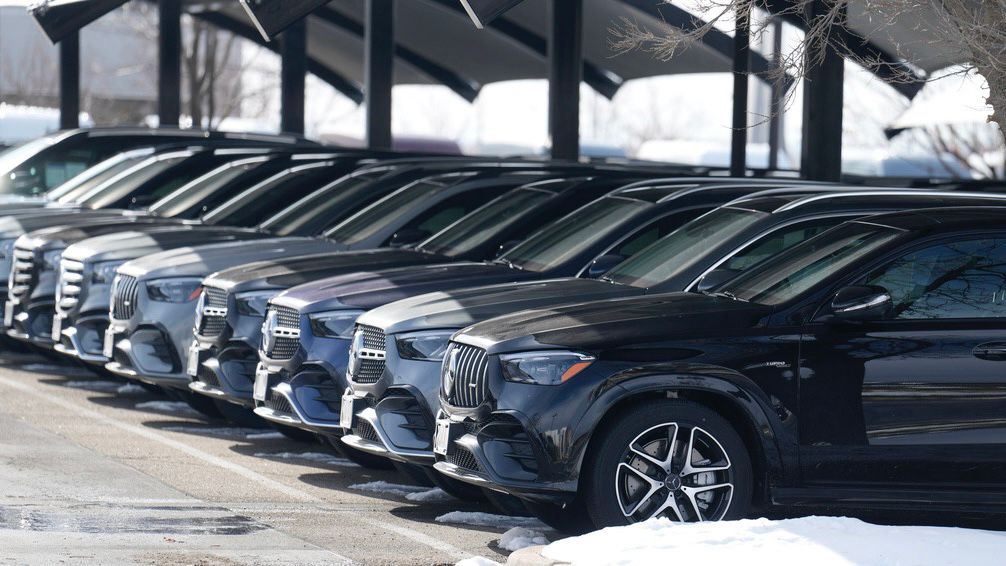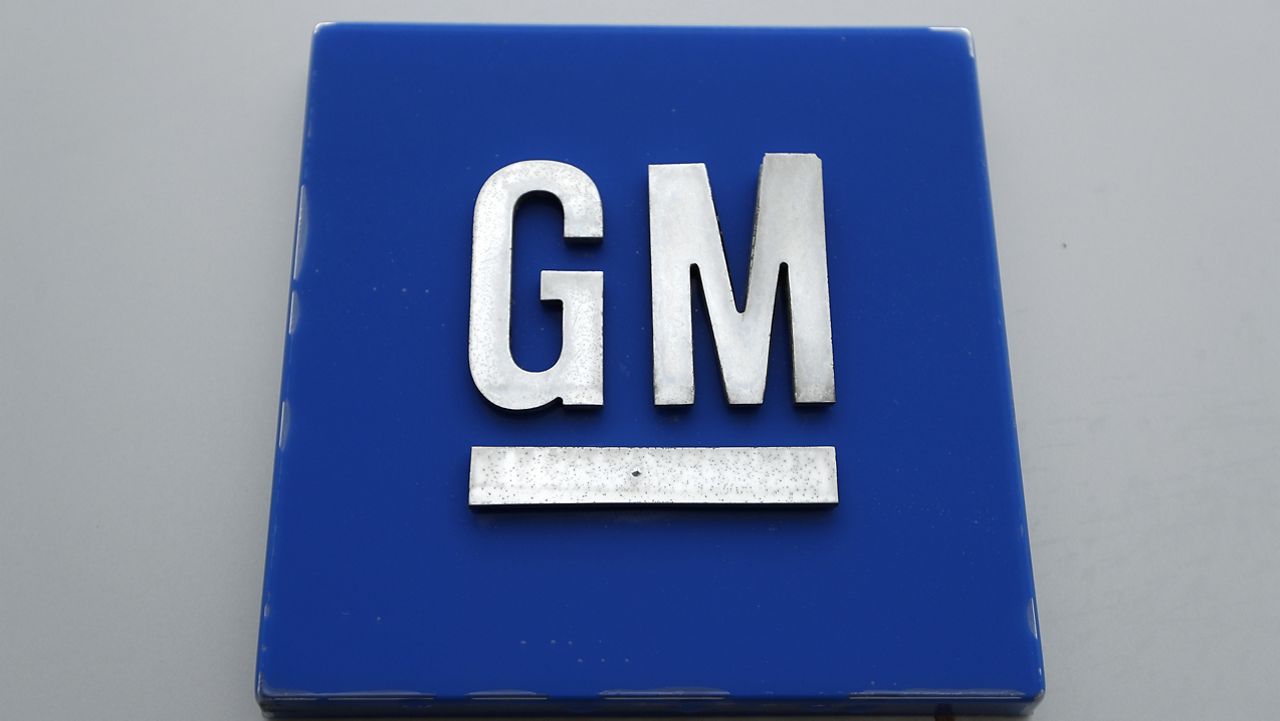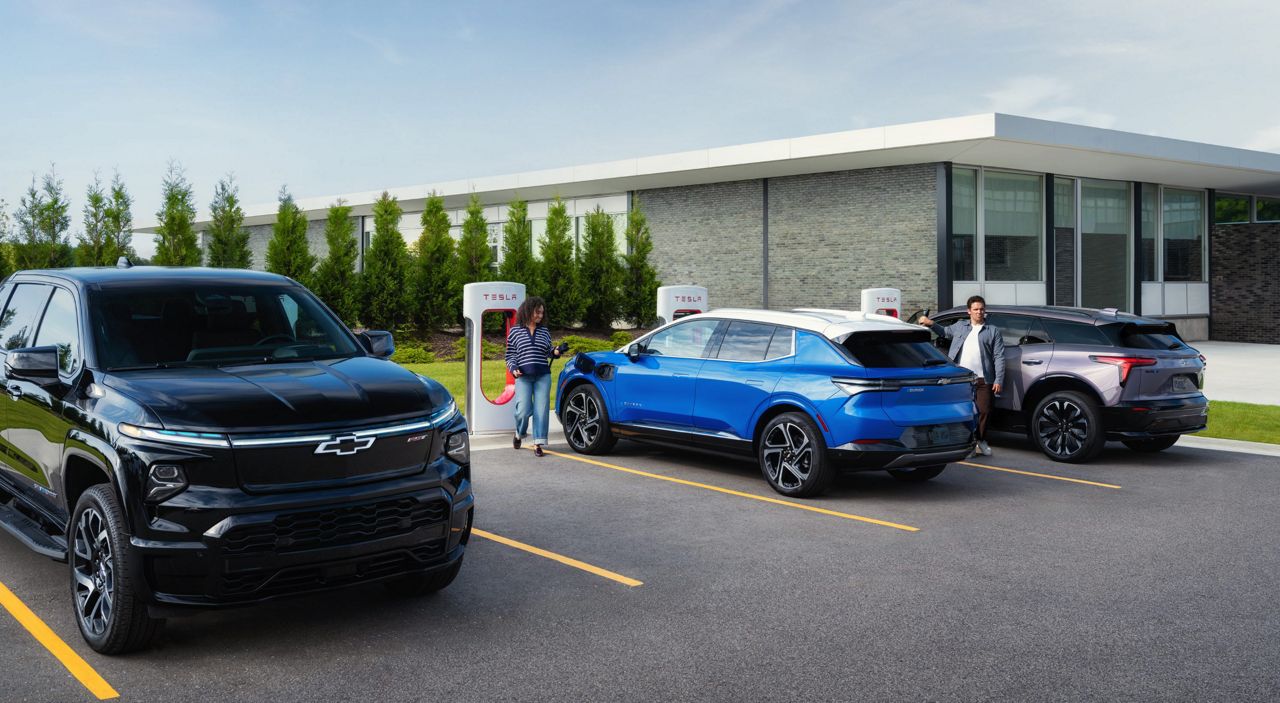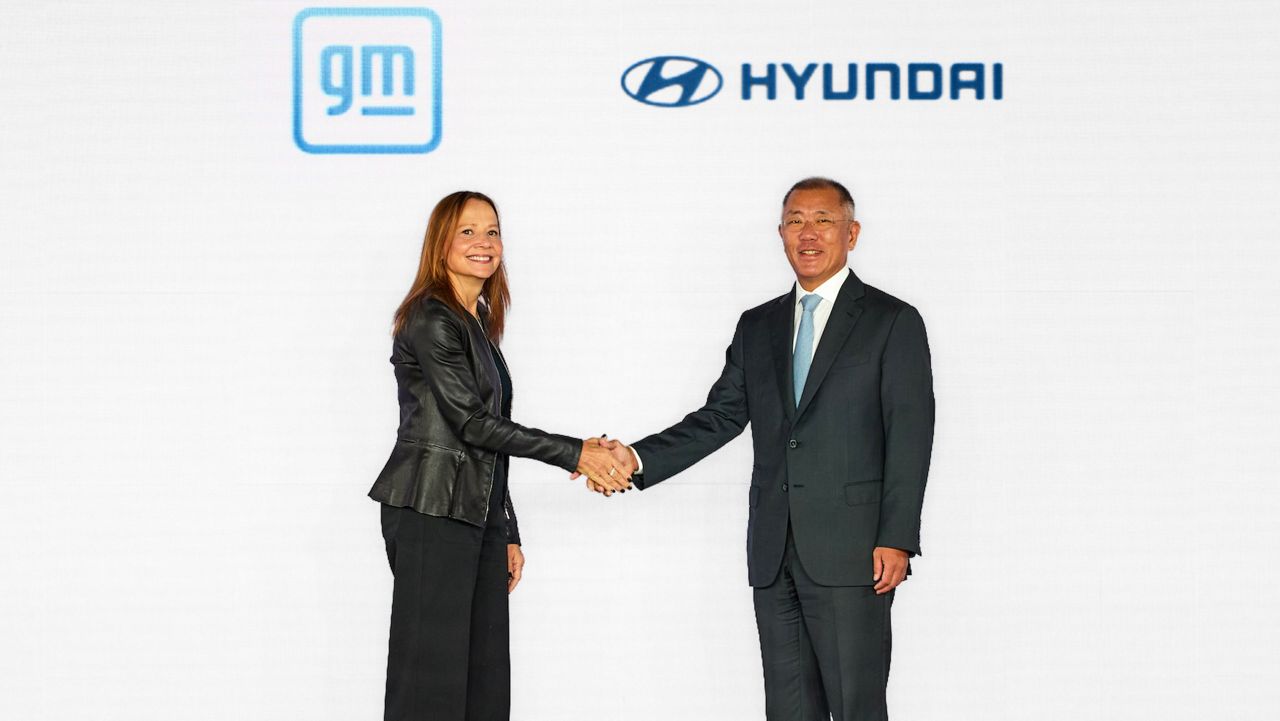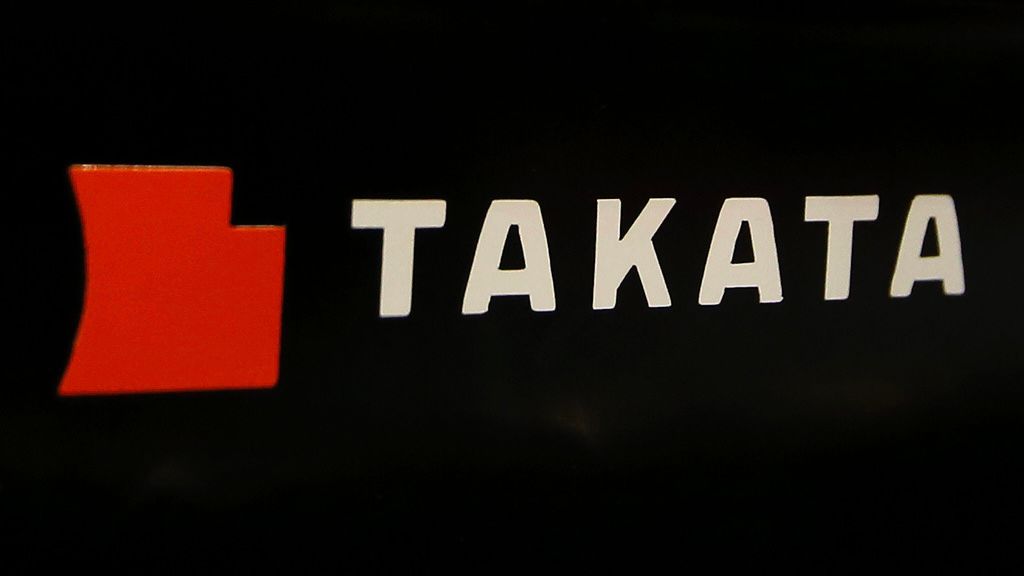After a string of tumultuous years that saw auto prices hit record highs, car buyers should have an easier time in 2024, according to a new analysis.
Prices and interest rates are both expected to decline, per a new 2024 auto insights analysis from Cox Automotive.
“As we enter 2024, new supply is back to spring 2020 levels, which favors consumers and leads to lower prices,” Cox Automotive chief economist Jonathan Smoke said Monday. “This means we officially bid farewell to the seller’s market that has defined the last four years.”
The pandemic ushered in an era of supply chain problems that reduced car availability and led to an unprecedented surge in prices for both new and used vehicles. The average transaction price for a new vehicle in November was $48,247 — about $10,000 more than before the pandemic — while the average list price for a used car was $26,091 — almost double what it was in 2019.
Prices began to stabilize in October, following a peak in interest rates that has since fallen to about 8.4% for new car loans and 13.8% for used. Cox expects auto loan rates to fall about 1% by the end of 2024.
New vehicle inventories have also recovered. At the end of 2023, there were 51% more new vehicles on dealer lots compared with a year earlier, though availability varied by automaker. Toyota, Honda, Lexus, BMW and Kia continue to have the lowest availability. Lincoln, Chrysler, Jeep, Nissan and Infiniti all have accumulating inventory.
Inventories of electric vehicles are the highest of all vehicle types with 92% more vehicles on dealership lots at the end of 2023 compared with a year earlier. That has led to electric vehicle prices falling to their lowest-ever level: $50,798.
Increasing inventories of electric vehicles will lead to even more price declines in 2024, Cox predicts, especially as dealerships apply the $7,500 EV federal tax credit at the point of purchase, instead of having consumers claim it on a tax form. The tax credits could drop average transaction prices for some EVs well below a comparable gas-powered model.
Cox expects more consumers to lease EVs in 2024 as they exploit a loophole in the Inflation Reduction Act that has reduced the list of eligible EVs to 14 models. Under the terms of the IRA, leased EVs are eligible for the full $7,500 tax credit even if they are not assembled in North America.
Electric vehicle sales are expected to continue breaking records, with sales of pure EVs predicted to grow from 7% in 2023 to 10% in 2024 and 15% in 2025. Sales of hybrids will grow from 9% in 2023 to 14% in 2024 and 16% in 2025. Sales of vehicles powered with traditional internal combustion engines, however, are expected to decline from 84% in 2023 to 76% this year and 69% in 2025.
“We’re calling 2024 the year of more for EVs,” Smoke said.
More than 70 new electric vehicle models will come on the market over the next two years, including 37 models in 2024 and 34 models in 2025.
The auto industry is expected to grow 2% over the course of the coming year, yielding 15.7 million new vehicle sales and 36.2 million used, according to Cox analysts. Sales will grow slowly as a result of a weakening job market, declining inflation, improving consumer sentiment and declining interest rates.
Used vehicle prices will continue a decline that began last year. While used prices are expected to be higher from February to early April 2024 as Americans receive their tax refunds and spend them on used cars, they will return to normal depreciation levels for the remainder of the year.
Cox expects automakers to offer more incentives in 2024, continuing a trend that began in late 2023, as dealer inventories increased. In November, incentives for new vehicles were up 136% compared with a year earlier, with the average incentive package being about 5% of the transaction price.




